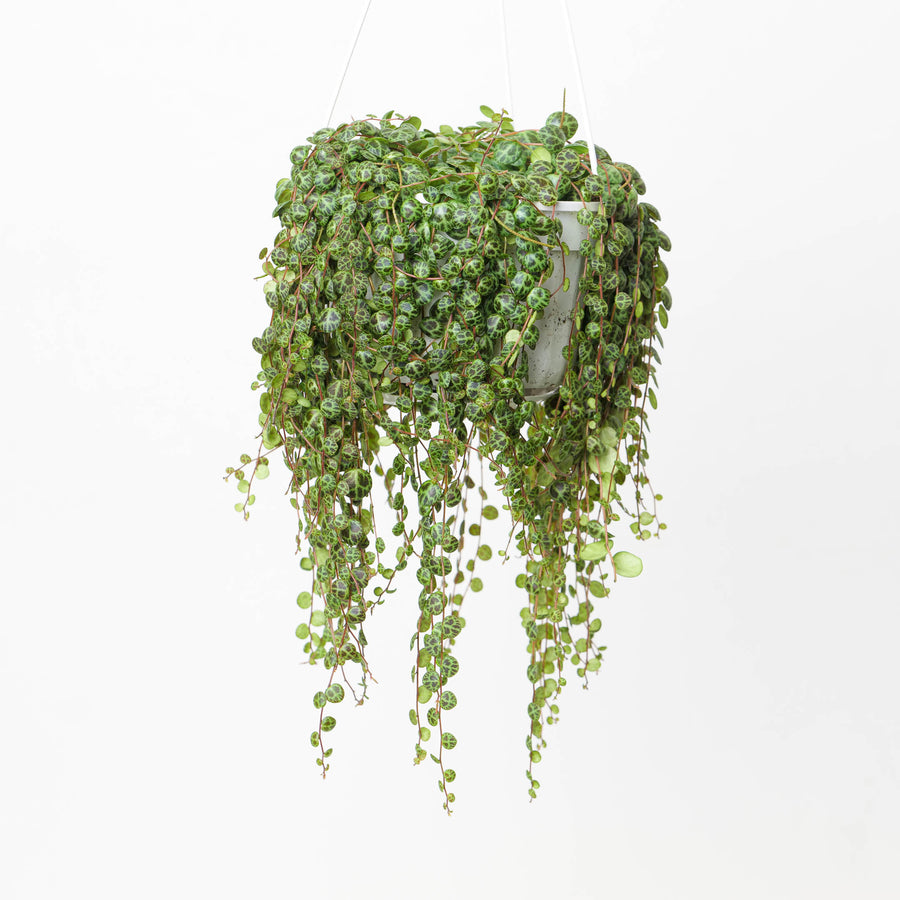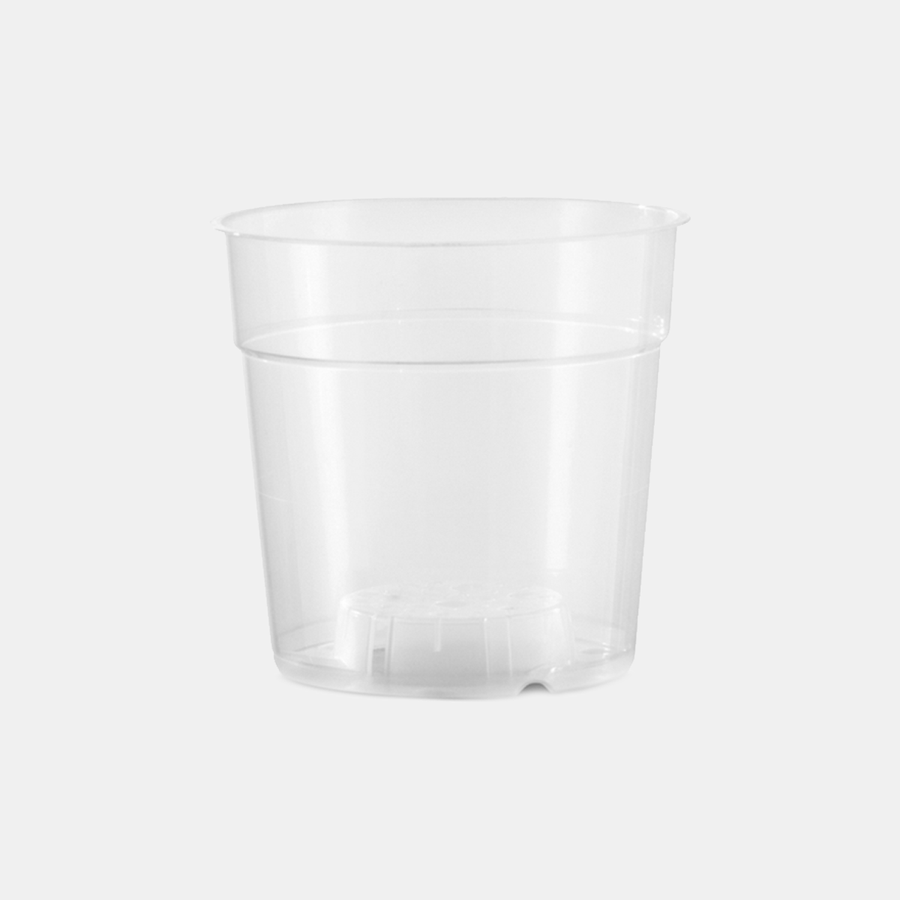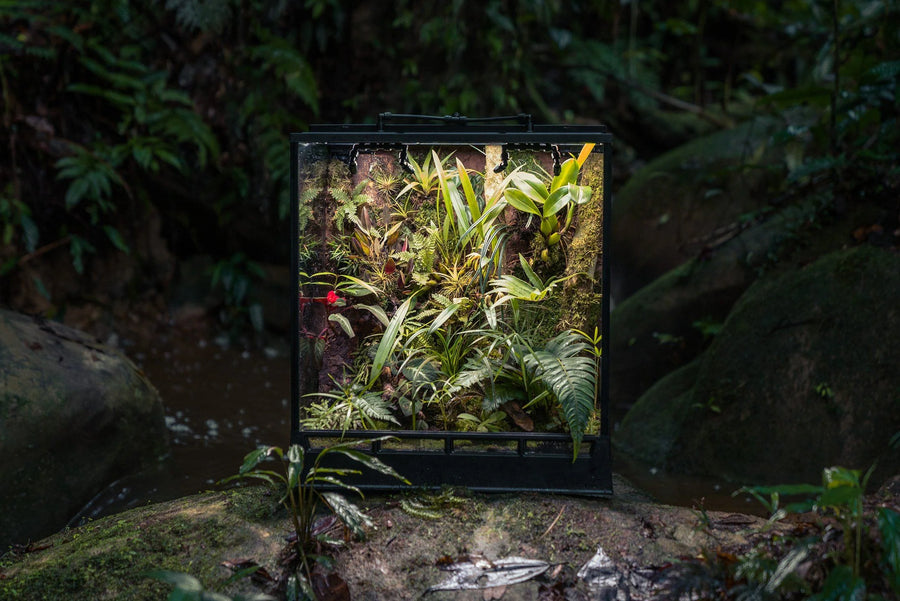Scale On Your Houseplants? Here’s How to Manage Them
Scale insects are one of the more sneaky pests that can silently damage your beloved houseplants. These tiny, sap-sucking insects attach themselves firmly to stems and leaves, slowly draining the life from your plants while often going unnoticed until significant damage has occurred. Early detection and prompt treatment are essential to keep your indoor plants healthy and thriving.

What Are Scale Insects?
Scale insects are small, sap-sucking pests belonging to the order Hemiptera. They are easily recognised by their distinctive appearance—small, dome-shaped bumps or shells that cling to the plant’s surface. There are two main types of scale insects:
- Armoured (Hard) Scales: These have a tough, protective covering that is often brown or grey. Their hard exterior makes them more resilient to environmental conditions but can also make them harder to remove.
- Soft Scales: Unlike their hard-shelled counterparts, soft scales secrete a waxy, sticky coating. This makes them appear more translucent and gives them a slightly shiny look. They are usually easier to spot because of their glossy appearance and the honeydew they excrete.
Understanding the differences between these types is important as it helps determine the most effective control methods.
Identification
Accurate identification is the first step in managing scale infestations on your houseplants. Here are the key characteristics to look out for:
- Shell-like Bumps: Look for small, rounded bumps that appear on stems, leaves, and sometimes even on the underside of foliage. These bumps are the hardened shells of the scale insects.
- Honeydew Secretion: As scale insects feed, they excrete a sticky, sugary substance known as honeydew. This residue can promote the growth of sooty mould—a black, powdery fungus that further compromises plant health.
- Affected Plant Parts: Scale insects are commonly found on the stems, undersides of leaves, and at the junctions where leaves meet the stem. Over time, the feeding can lead to yellowing leaves, stunted growth, and, in severe cases, leaf drop.
Regularly inspecting your plants, especially in hidden areas like leaf axils, can help you catch an infestation early before it spreads.
Life Cycle of Scale Insects
The life cycle of scale insects is a critical factor in how they spread and damage plants:
- Egg Stage: Female scale insects deposit eggs in a protective covering on the plant. These eggs are often hidden within the scale’s shell-like structure.
- Nymph Stage (Crawlers): Once hatched, the young are known as “crawlers.” These tiny, mobile nymphs are the only stage in the life cycle when scale insects are active and can easily be dislodged. Crawlers move to new feeding sites, making them the primary agents of spread.
- Adult Stage: After the crawler stage, the insects settle into their adult form. At this point, they attach themselves firmly to the plant and begin feeding. The adult scale is generally immobile and remains in the same spot for the rest of its life.
Because the crawler stage is brief yet critical for dispersal, targeting this phase with treatment can significantly reduce the infestation.
How to Control and Treat Scale on Houseplants
Managing a scale insect infestation involves a multi-step approach. Here’s a structured plan to tackle the problem effectively:
Step 1: Inspect Your Plants
Begin by closely inspecting your houseplants:
- Examine Common Areas: Focus on stems, the undersides of leaves, and areas where new growth is emerging. Look for the characteristic shell-like bumps and any signs of honeydew.
- Differentiate from Other Pests: Ensure that the bumps you see are indeed scale insects and not another pest. Familiarise yourself with their appearance and behaviour to rule out similar-looking issues.
Step 2: Manual Removal
For light infestations, manual removal is often effective:
- Use Your Fingers or Brushes: Gently scrape off the scales with your fingers or a soft brush. This method works best on accessible areas.
- Alcohol-soaked Cotton Swabs: Dip a cotton swab in isopropyl alcohol and carefully dab at the scale insects. The alcohol helps dissolve their protective coating, killing them on contact. Be sure to test this method on a small area first to avoid any potential damage to the plant.
Step 3: Use of Insecticides
For more stubborn infestations, consider using insecticides:
- Neem Oil: Neem oil is a natural pesticide that interferes with the feeding and reproductive cycles of scale insects. Dilute it according to the instructions and apply it thoroughly to all affected areas.
- Insecticidal Soap: This is another gentle option that works by suffocating the insects. It’s particularly useful for indoor plants as it’s less likely to harm the plant or beneficial insects.
- Horticultural Oils: These oils work by coating the insects and blocking their respiratory systems. Follow label directions carefully, and always ensure adequate ventilation when using any chemical treatments.
Precautions: When using chemical treatments, always follow the manufacturer's guidelines and safety instructions. Avoid over-application, as this could damage your plant or create a residue buildup.
Step 4: Biological Control
Encouraging natural predators can help reduce scale populations:
- Beneficial Insects: Ladybugs and parasitic wasps are natural predators of scale insects. Introducing these beneficial insects into your indoor plants can provide ongoing control without the need for chemicals.
- Consideration for Indoor Use: While it may be challenging to introduce beneficial insects indoors, some predatory mites can be effective in controlled environments.
- Below is a video of a ladybird species that feeds on armoured scale species.
Step 5: Regular Monitoring and Maintenance
Prevention and early intervention are key to long-term success:
- Routine Inspections: Regularly check your plants for any signs of scale, especially after treatment. Early detection can prevent re-infestation.
- Maintenance: Continue with manual removal or treatment as needed, and keep your plants healthy through proper watering, fertilisation, and light exposure.
Quarantine and Prevention
Preventing the spread of scale insects is as important as treating an existing infestation:
- Quarantine Affected Plants: If you identify a scale infestation, isolate the affected plant from your other houseplants immediately. This will help prevent the pest from spreading.
- Regular Cleaning: Clean your plants periodically by wiping down leaves and stems to remove dust and any potential scale eggs.
- Inspection Routine: Establish a regular inspection routine, particularly when bringing new plants into your home. Early detection is vital to stop an outbreak before it begins.
Implementing these preventative measures will help protect your indoor garden and reduce the likelihood of future infestations.
Conclusion
Scale insects may seem small and insignificant, but they can cause substantial damage to your houseplants if left unchecked. Their stealthy nature, combined with a rapid life cycle and the ability to spread through crawlers, means that early detection and a comprehensive treatment strategy are essential. By inspecting your plants regularly, manually removing pests, using targeted insecticides, and encouraging biological control, you can manage and ultimately prevent scale infestations.
Taking immediate and sustained action will safeguard your indoor garden, ensuring your houseplants remain healthy, vibrant, and free from these persistent pests. Remember, the key is vigilance—regular monitoring and maintenance are your best defences against scale insects.
Happy planting, and here’s to a thriving, pest-free home!
Frequently Asked Questions (FAQ)
Q: What exactly are scale insects?
A: Scale insects are tiny, sap-sucking pests that attach themselves to plant stems and leaves. They appear as small, shell-like bumps—either hard, armoured scales or softer, waxy varieties—that can be difficult to spot until the infestation is well established.
Q: How do I identify a scale infestation on my houseplants?
A: Look for small, rounded bumps on the stems and undersides of leaves, often accompanied by a sticky residue known as honeydew. This honeydew can lead to the growth of sooty mould, and affected plants may exhibit yellowing or stunted growth.
Q: What is the difference between armoured (hard) and soft scale insects?
A: Armoured scale insects have a hard, protective covering that is typically brown or grey, making them more resilient. Soft scales secrete a waxy, sticky substance that gives them a glossy appearance. Both types feed on plant sap, but their control methods may vary slightly due to their protective coatings.
Q: How do scale insects damage my plants?
A: Scale insects feed by extracting sap from your plants, which depletes essential nutrients and weakens the plant over time. Their feeding can lead to discoloured or yellowing leaves, stunted growth, and in severe cases, leaf drop. Additionally, the honeydew they excrete promotes the growth of sooty mould, further interfering with the plant’s ability to photosynthesise.
Q: What is the role of crawlers in the scale insect life cycle?
A: Crawlers are the mobile, nymph stage of scale insects. They are the only stage that can move from one part of the plant to another or even to a different plant. This stage is critical for the spread of the infestation and is the most vulnerable to treatment.
Q: What methods can I use to control scale insects on my houseplants?
A: Control methods include manually removing the scales with fingers, soft brushes, or alcohol-soaked cotton swabs, using insecticidal soaps, neem oil, or horticultural oils, and encouraging biological control with beneficial insects. Regular monitoring and proper plant maintenance are also essential for preventing re-infestation.
Q: How can I prevent scale infestations from recurring?
A: Prevention starts with quarantining new plants, maintaining a clean growing environment, and regularly inspecting your plants—especially in hidden areas like leaf axils. Consistent care, including proper watering and fertilisation, helps keep your plants robust and less attractive to pests.
Q: When should I consider quarantining a plant?
A: If you notice even a small scale infestation on a plant, it’s best to isolate it from your other houseplants. This prevents the pests from spreading and allows you to treat the affected plant without risking an outbreak in your entire collection.






